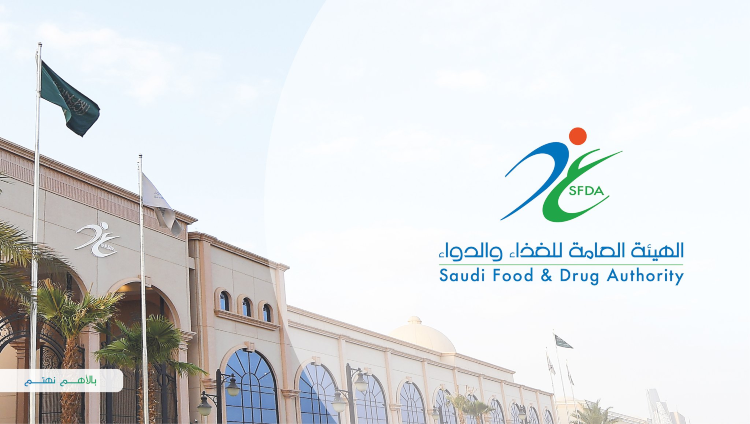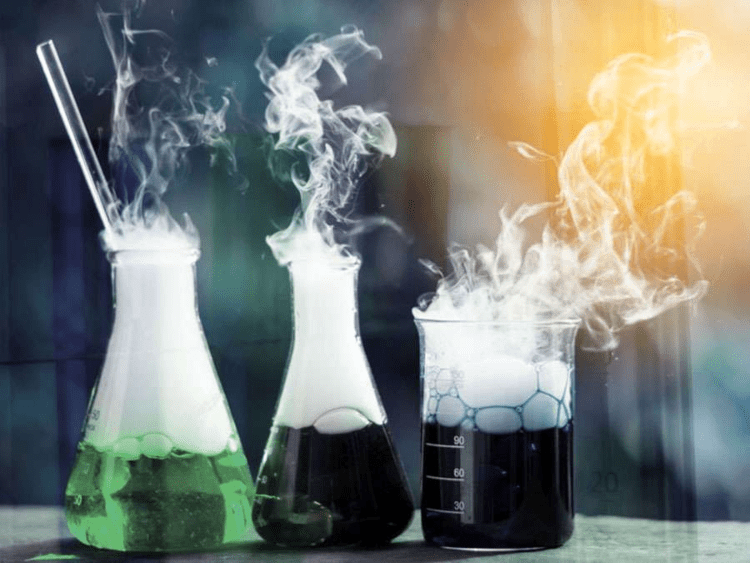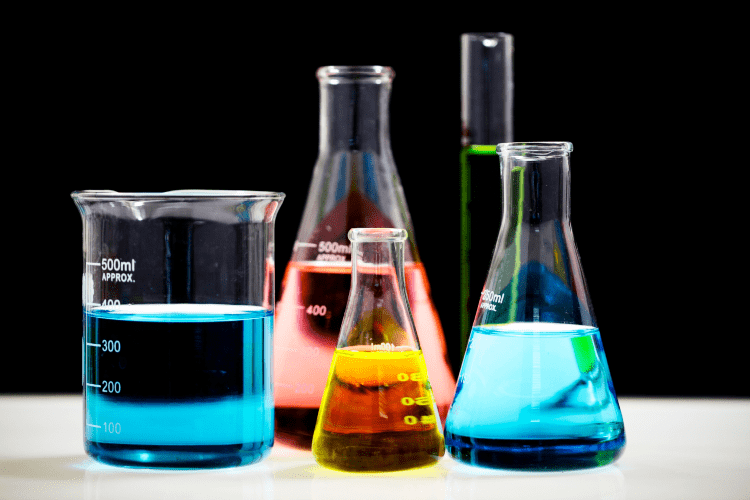The Saudi Food and Drug Authority (SFDA) identified a new innovative detection technology that can detect nitrosamine contaminants in medicine. But what are nitrosamines, exactly?
They’re thought to be powerful carcinogens that can cause cancer in a variety of organs and tissues, including the lungs, brain, liver, kidney, bladder, stomach, and oesophagus.
The SDFA discovered nitrosamine contamination in numerous types of drugs which don’t not pose a substantial risk. Nitrosamines, on the other hand, can be found in food and water, but only in certain amounts. As a result, the recent discovery of nitrosamines in various medications has caused widespread concern around the world.

However, the chemical can be found in small proportions in Ranitidine which is a group of drugs used to treat and prevent ulcers in the stomach. The newly developed technology is mostly based on micro-extraction in the solid phase to measure the levels of impurities.
Nitrosamine impurities became a hot subject when health regulators cancelled valsartan, an antihypertensive medicine, due to the presence of Nitrosodimethylamine within the drug. It is a suspected carcinogenic agent and a crucial member of the nitrosamine class.

As more countries uncover new technology that can help us better the health sector, it is clear that science is developing across the region as this has been regarded as a breakthrough as Saudi Arabia has considerably improved its pharmaceutical and health industry.
The SFDA has further cemented its name in the field of science due to their focus on removing toxic compounds that could lead to more serious diseases. Furthermore, they have contributed to the discovery and pinpointing of the dangerous chemical nitrosamine by using micro-extraction in the solid phase to quantify impurity levels.



